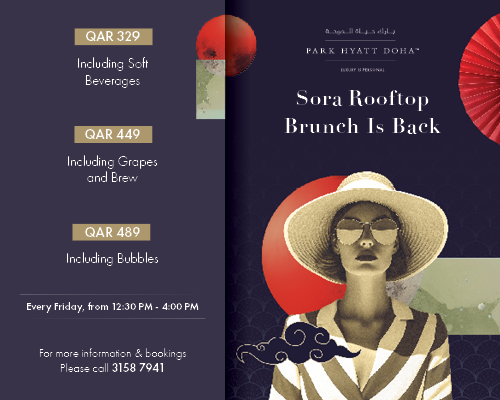Muslims around the world fast in the month of Ramadan during both summer and winter as the great 33 year cycle of the Islamic year revolves through the lunar calendar.
Whether they are living in luxury or great hardship, the experience of sharing the end of the dawn to sunset fast at the iftar meal brings a renewal of spiritual and physical strength and renews the ties with family and other Muslims.
Exactly how long they will wait to break the dawn to sunset fast with the iftar meal has always depended on their geographical location. While fasting in the Gulf is challenging during this extremely hot time of year, Muslims in some cooler climes are not much better off. The recent location of Muslims to areas nearer the North Pole means that they may need to fast some 18 hours or more a day, as there are very few hours between sunset and sunrise.
 Religious authorities have already solved the recent addition of areas that have even longer daylight hours or continuous daylight, and those which will be added in the future as the month moves towards the summer solstice. Fatwas (Islamic rulings) state that Muslims in areas with only daylight hours can follow the nearest place where the day can be distinguished from a night on a 24-hour basis. An alternative is to follow the times of the original Quranic pronouncements in Mecca and Medina.
Religious authorities have already solved the recent addition of areas that have even longer daylight hours or continuous daylight, and those which will be added in the future as the month moves towards the summer solstice. Fatwas (Islamic rulings) state that Muslims in areas with only daylight hours can follow the nearest place where the day can be distinguished from a night on a 24-hour basis. An alternative is to follow the times of the original Quranic pronouncements in Mecca and Medina.
The end of the fast at sunset is announced in Qatar with a cannon. Fired in Doha near the State Mosque, it recalls a time when the sound would have been heard by the whole community, although most families now rely on live broadcasts on radio or television. Small calendars with Ramadan timings are also popular.

The majority of Muslims still break their fast at home with their extended family and friends, usually at the house of the eldest patriarch. While the food reflects local culture and traditions, everyone breaks the fast with dates or water in remembrance of the way the Prophet Mohammed started his iftar meal. In the Gulf, it is common for men and women to eat separately, particularly if the family has a large majlis or reception room used by male visitors, where any guest can drop in to share the meal. The majority of families still carry on the tradition of sending special dishes to their neighbours.
Many hospitality outlets now offer iftar meals, including those in the ever-popular setting of the opulent Ramadan Tents in luxury hotels, and it is common to enjoy an evening out as a break, particularly for the women in the family who do all the cooking.
If you are lucky enough to be invited to an iftar meal at someone’s home please arrive 10 to 15 minutes before sunset to allow your hosts time to greet you as it is really important for them to break the fast on time and pray. It is polite to take a small gift, and Arab sweets are very acceptable, so scout out a local bakery in advance and leave time to purchase them on your way.

Enjoy the meal, which will be leisurely and usually starts with soup or harees, a type of porridge cooked with lamb, wheat and water. This is followed by a variety of delicious home-cooked dishes and syrupy drinks. The old and rather a grainy photograph on the right shows dar al harees in Qatar, a special day just before Ramadan set aside to grind each families supply of wheat for the iftar. Expert grinders were employed and traditional songs accompanied the beat of the heavy pounding.
There will be lots of lively conversation and plenty of food to put on your plate, but be sure to leave some room for dessert, as this is usually served a little after the meal with tea or coffee when people move away from the dining table to the more comfortable sofas or cushions. it is polite to leave after this, as many Muslims will wish to attend special taraweeh prayers in the mosque or, at the start of the month, visit other family and friends later in the evening to congratulate them on the arrival of Ramadan.
In very traditional homes or in a majlis you may be required to sit on the floor to eat and use your fingers instead of knives and forks, so be sure to use the right hand only for eating. Ladies are advised to wear a long skirt or trousers, which are easier to manoeuvre in for those unaccustomed to this mode of eating.
Even iftar has attained the designer status and there are now many beautifully crafted items for the dining table during this month. Fanoos, the lanterns, originating hundreds of years ago as a street decoration in Egypt are particularly popular.
Copyright © Marhaba Information Guide. Reproduction of material from Marhaba Information Guide’s book or website without written permission is strictly prohibited. Using Marhaba Information Guide’s material without authorisation constitutes as plagiarism as well as copyright infringement.





